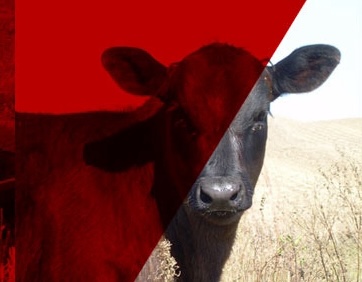On Monday, Feb. 5 we hosted a discussion between UNL Feedlot Extension faculty and producers. A recording of that discussion is available here
Contact our Feedlot Extension faculty:
Jessica Sperber
Nebraska Feedlot Extension Specialist, Lincoln
402-472-4482
jsperber2@unl.edu
Galen Erickson
Nebraska Feedlot Extension Specialist, Lincoln
402-472-6402
gerickson4@unl.edu
Rick Stowell
Nebraska Animal Environment Extension Specialist, Lincoln
402-472-3912
rstowell2@unl.edu
Alfredo DiCostanzo
Nebraska Beef Extension Educator, West Point
402-372-6006
adicostanzo3@unl.edu
Pablo Loza
Nebraska Feedlot Extension Specialist, Scottsbluff
308-632-1230
ploza2@unl.edu
Here are a few suggestions that may help producers deal with cattle in muddy conditions in the short-term, said Rick Stowell, Extension specialist, Nebraska biological systems engineering.
- Adding bedding at prolific amounts
- Physically disrupting mud dams / barriers to drainage
- Adding aggregate (stone/gravel)
- Relocating cattle
"None of these are very palatable but may be necessary in some situations," Stowell said.
These resources address managing cattle in muddy conditions:
Tips for dealing with wet, muddy winter conditions in cattle feedyards
Controlling Muddy Conditions in the Feedlot
Managing Cattle Facilities to Minimize Mud
Mud Effects on Feedlot Cattle (study results)
